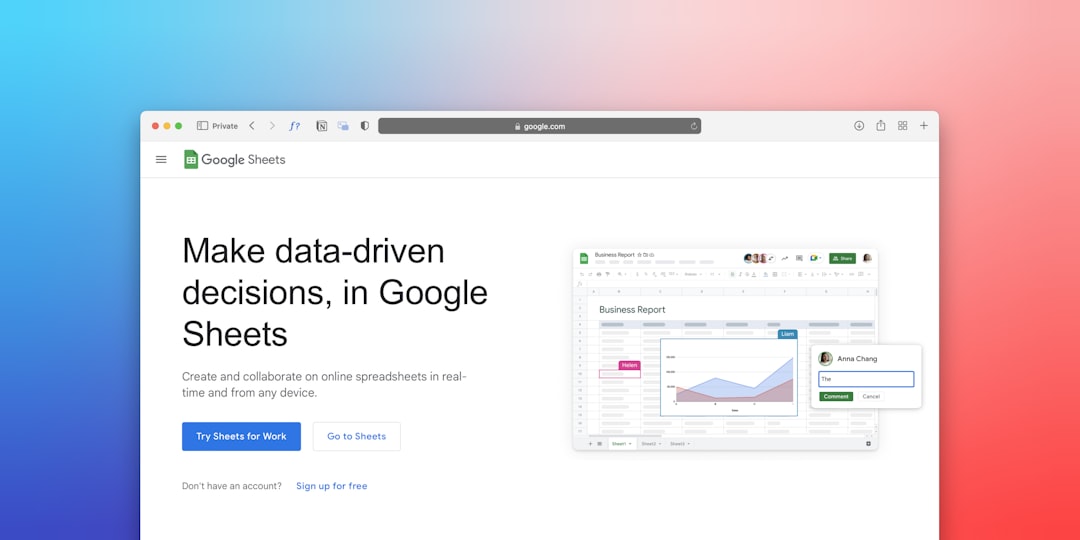In the evolving world of data analytics, the role of a Database Analyst has become increasingly multifaceted. With organizations continually generating massive amounts of data, professionals in this field require a diverse toolkit to efficiently gather, manipulate, analyze, and report meaningful insights. Four categories of tools are essential in this process: SQL Integrated Development Environments (IDEs), Extract, Transform, Load (ETL) systems, Business Intelligence (BI) platforms, and Data Catalogs. Understanding these tools and their applications is crucial for ensuring high data quality, optimizing performance, and maintaining governance across data-driven enterprises.
SQL IDEs: The Foundation of Query Development
Structured Query Language (SQL) is the backbone of database querying and management. SQL IDEs offer a user-friendly environment where database analysts can write, test, and optimize queries. These tools often include syntax highlighting, auto-completion, schema browsing, and performance profiling.
Popular SQL IDEs include:
- SQL Server Management Studio (SSMS): Tailored for Microsoft SQL Server, SSMS is a comprehensive tool providing deep database administration capabilities and intuitive query execution features.
- DBeaver: An open-source universal database tool with support for a wide range of SQL databases such as PostgreSQL, MySQL, Oracle, and more.
- DataGrip: Developed by JetBrains, it offers intelligent SQL assistance for multiple databases and deep code analysis tools to optimize database performance.
- Toad for Oracle: A robust IDE for Oracle databases, it is widely used for large-scale enterprise applications due to its scripting and debugging capabilities.
The effectiveness of a SQL IDE can make a significant difference in both development speed and query optimization. Investing in the right IDE can streamline routine tasks, reduce errors, and ensure compliance with best practices.
ETL Tools: Moving and Transforming Data Efficiently
Data rarely exists in a usable state upon initial collection. ETL tools are responsible for extracting data from disparate sources, transforming it into a consistent, analytically useful format, and loading it into data warehouses or other destinations. This process is the bridge between raw data and meaningful insights.
Common ETL tools used by Database Analysts include:
- Apache NiFi: A powerful open-source automation tool that supports a broad array of data sources and formats, ideal for real-time dataflows and lineage tracking.
- Talend Data Integration: A versatile platform offering graphical coding for pipelines, real-time and batch processing, and extensive cloud support.
- Informatica PowerCenter: A stalwart in enterprise environments, it supports scalable and secure data integration across hybrid architectures.
- Microsoft SQL Server Integration Services (SSIS): A native ETL solution for SQL Server environments, prized for its ease of use and powerful transformation components.
ETL processes must be developed and monitored carefully. A minor transformation mistake can cascade through dashboards and reports, leading to faulty business decisions. Therefore, tools that provide transparency, auditing, and error handling are indispensable for ensuring data fidelity.

BI Tools: Visualizing and Reporting Data
Once data is transformed and stored in accessible formats, its value becomes evident through analysis and visualization. Business Intelligence (BI) tools empower analysts and stakeholders to interact with data through dashboards, reports, and visualizations tailored to their needs. Choosing the right BI platform is crucial for democratizing access to insights without compromising data integrity or security.
Top BI tools in today’s analytics ecosystem include:
- Tableau: Known for its user-friendly drag-and-drop interface and robust visualization capabilities, Tableau connects to virtually any data source and is highly scalable.
- Power BI: Developed by Microsoft, it integrates tightly with Excel and Azure services, offering a cost-effective solution for organizations of all sizes.
- Looker: A browser-based BI tool known for modeling data through LookML, it excels at embedding analytics within other platforms and collaboration-focused deployments.
- Qlik Sense: Distinguished by its associative data model, Qlik enables users to explore data without predefined drill paths, revealing unexpected relationships.
BI tools allow users to interact with real-time data and derive actionable insights. Database Analysts often play a key role in building these analytical models, ensuring the data underpinning dashboards is both valid and timely.

Data Catalogs: The Cornerstone of Governance and Discovery
As data volumes expand, tracking and organizing data assets becomes increasingly complex. Data catalogs serve as centralized repositories that document data assets, their lineage, usage, and metadata. They help analysts and business users alike find the data they need while ensuring compliance and consistency.
Key features of data catalogs often include:
- Metadata Management: Automatically gathers technical and business metadata from various sources to support transparency and traceability.
- Data Lineage Tracking: Documents where data comes from, how it’s transformed, and where it flows, aiding in impact analysis and validation.
- Collaboration Tools: Encourages documentation and shared knowledge, boosting productivity across teams.
- Search and Discovery: Allows users to find data by tags, categories, and usage history.
Popular Data Catalogs include:
- Alation: A market leader that emphasizes collaboration, stewardship, and intuitive search capabilities.
- Collibra: Known for its in-depth governance and workflow-driven cataloging, often used in regulated industries.
- Google Cloud Data Catalog: A fully managed serverless solution that integrates natively with Google Cloud’s data services.
- Microsoft Purview: Offers classification and discovery across Microsoft solutions and hybrid data landscapes.
Data catalogs are more than just documentation tools—they form the core of a functioning data governance strategy. By enforcing data stewardship and standardizing definitions, they ensure analysts work with trustworthy and consistent datasets.
Integrating the Toolbox
While each category of tool serves a distinct purpose, the real power of a Data Analyst’s toolkit emerges when these tools work together. Analysts use SQL IDEs to explore and extract relevant datasets, ETL tools to standardize and centralize the data, BI tools to visualize insights, and data catalogs to ensure reliability and discoverability.
Here is a simplified example of how these tools integrate in practice:
- A SQL IDE is used to write an initial query extracting customer sales data.
- That query is embedded as part of an ETL pipeline which aggregates and cleans the data nightly.
- Once loaded into the warehouse, the cleaned dataset is picked up by a BI tool like Tableau to create real-time revenue dashboards for leadership teams.
- The data lineage, ownership, and quality rules used in the pipeline are tracked in a centralized data catalog like Alation, ensuring transparency for auditors and analysts.

Conclusion: Choosing the Right Tools
The landscape of database analytics tools continues to expand, offering unprecedented power and flexibility. For Database Analysts, mastering a balanced mix of SQL IDEs, ETL pipelines, BI platforms, and Data Catalogs is not only essential—it’s transformative. As data becomes a more critical business asset, those who understand how to wield these tools play a fundamental role in shaping strategic decisions and maintaining organizational intelligence.
Ultimately, it is not just about having the most advanced tools, but about integrating them effectively to create a seamless, reliable, and transparent data pipeline. A robust analytical infrastructure empowers stakeholders, enforces governance, and ultimately unlocks the full potential of organizational data.



